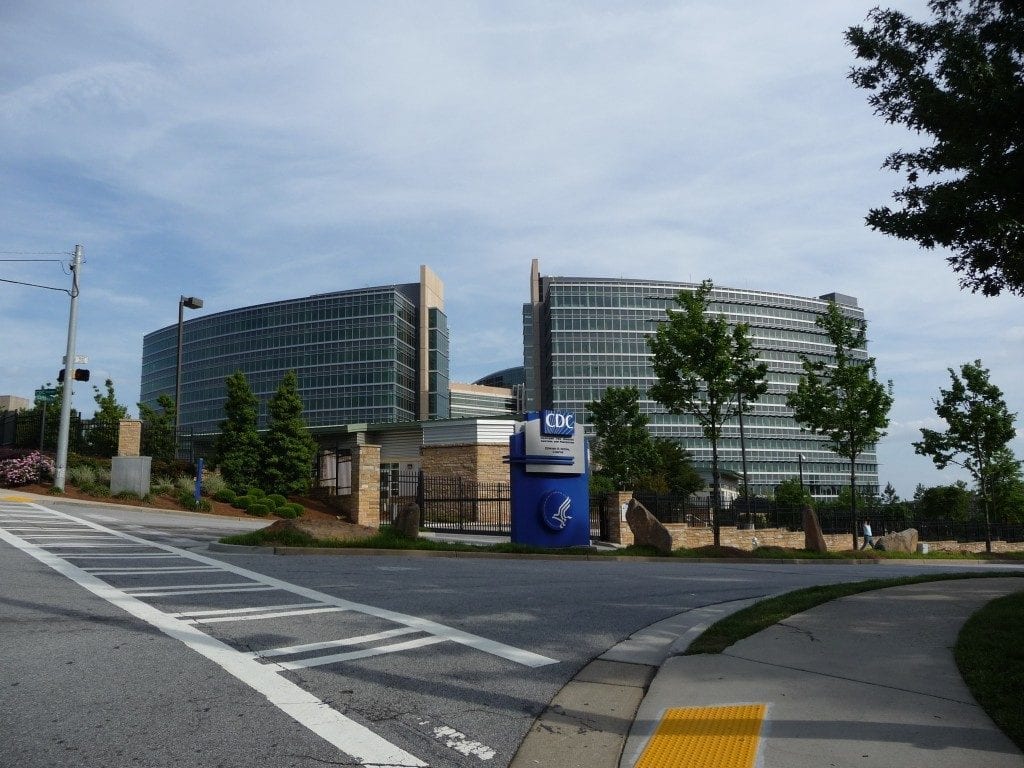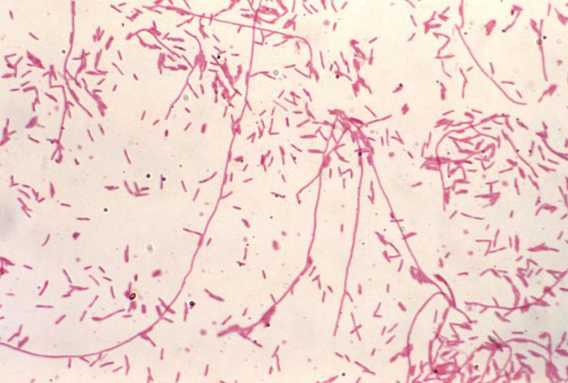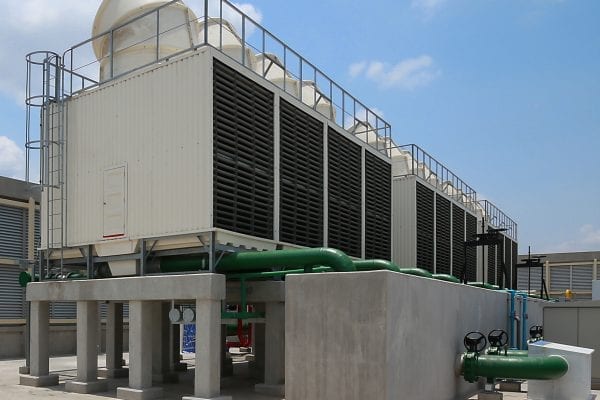The idea of an outbreak of Legionnaires’ Disease sends property managers and owners everywhere scurrying for cover. A recent set of cases in Atlanta, where there has been 11 confirmed cases of Legionella and 55 more “probable” cases, has led to heightened awareness of this waterborne bacterium, which is spread through aerosolized water particles, usually due to contamination of a building’s cooling tower or hot water system.
According to The Center for Disease Control and Prevention (CDC), between 8,000 and 18,000 people are hospitalized with Legionnaires’ disease each year, with the number of cases tripling in the last five years, and medical costs exceeding $300 million annually. Owners and managers of properties where outbreaks occur frequently find themselves the target of legal action by those who have contracted the disease, and the cost of an outbreak can quickly tally up to six figures and beyond.
What is the Price of Liability?
In the event of a Legionnaires’ outbreak on your property, there are three main consequences that can cost you:
Expensive settlements and personal injury awards
A Legionnaires’ outbreak is serious business. An outbreak can affect dozens, and even hundreds, of people, with death rates between 20 and 40 percent, and many survivors facing weeks to months of hospitalization, six-figure medical bills, and permanent damage. Because of this, settlements and jury awards range from the hundreds of thousands to several million dollars.
Building closure and business interruption
On top of legal action, investigation and remediation of an outbreak usually results in a building closure, causing substantial business interruption. A 2009 outbreak at Miami’s EPIC Hotel, for instance, reportedly caused daily income losses of about $200,000.
Irreparable negative publicity
The damage to your reputation, brand, and other intangibles may be harder to put a number on, but this damage is also often longer-lasting and less easily repaired.
What Must the Claimant Prove?
In order for a claimant to win a suit against a property owner, the claimant must prove 4 things:
- That he or she was exposed to the bacteria,
- at the premises specified in the action,
- that the exposure resulted in contracting Legionnaires disease,
- and the exposure was due to the negligence of the liable party.
Proving all four elements of a claim is not simple. A thorough medical diagnosis of the claimant must show that they were exposed to the Legionella bacteria and developed the disease as a result, and an investigation of the premises where the outbreak is alleged to have occurred must determine that the bacteria was present on the property at the same time as the claimant.
To prove negligence, the claimant must show that someone breached a “standard of care.” The relevant standard of care varies depending on the relationship of the party to the property. This standard of care is established during the case by the testimony of qualified expert witnesses. As an owner or operator, you may be held liable, as care of residents is generally held to be an essential responsibility of an owner and operator.
Regardless of whether the claimant wins a case against the property or not, the cost to defend will have a significant impact on the property owner’s financials.
How to Prevent a Legionnaires’ Outbreak
The best way to mitigate liability for Legionnaires’ is to practice good prevention. Last year, the American Society of Heating, Refrigeration, and Air Conditioning Engineers (ASHRAE) released an update on their industry guidance on Legionnaires prevention, known as Standard 188-2018. Considered the new standard of care, owners who are compliant with this standard significantly reduce their liability compared to those who are not. You can read more about its rules and best practices for Legionnaires’ prevention and control in this article.
Many companies choose to outsource Legionnaires’ due diligence to an experienced provider like GLE Associates. For professional risk assessment, remediation, and prevention services, connect with an indoor environmental engineer right now by contacting GLE.






